After more than six decades of unmatched service, the iconic MiG-21 fighter jets of the Indian Air Force (IAF) flew for the last time on Friday, marking the end of a historic chapter in Indian military aviation.
VIDEO | Chandigarh: IAF's MiG-21 fighter jets take to skies for the one last time before being decommissioned.
— Press Trust of India (@PTI_News) September 26, 2025
MiG-21s were inducted into the Indian Air Force in 1963. The fighter jets are being decommissioned today after 63 years of service.#mig21farewell #IAF
(Source:… pic.twitter.com/HxCmUPuEgC
The decommissioning ceremony, held at the Chandigarh Air Force Station, brought together air warriors, defence officials and dignitaries to pay tribute to the legendary aircraft that has been the backbone of India’s combat fleet since the 1960s.
A legacy of valour
Defence Minister Rajnath Singh, addressing the gathering, described the MiG-21 as far more than just a machine.
“MiG-21 is not only an aircraft or a machine but it is also a proof of deep ties between India and Russia,” he said.
Singh recalled the aircraft’s contributions across decades, highlighting its role in major conflicts such as the 1971 war with Pakistan, the 1999 Kargil conflict, the 2019 Balakot air strikes and Operation Sindoor.
Impact Shorts
More ShortsHe emphasised that the jet has been a silent witness to numerous heroic acts by the Indian armed forces, each sortie reinforcing the nation’s confidence and honour.
A symbol of Indo-Russian friendship
The MiG-21’s history is closely tied to India’s strategic partnership with Russia.
Singh noted that the aircraft not only strengthened the IAF’s combat capability but also served as a symbol of enduring bilateral relations.
Over 11,500 MiG-21s were produced worldwide, with 850 serving in the Indian Air Force alone, demonstrating the jet’s global popularity, reliability and versatility. Its remarkable production numbers and widespread adoption are a testament to the aircraft’s multi-dimensional capabilities and enduring relevance over decades.
Milestones in military aviation
Inducted into the IAF in the early 1960s, the MiG-21 catapulted India into the jet age, becoming the nation’s first supersonic fighter and interceptor.
Over its 62-year operational journey, it not only enhanced India’s aerial combat prowess but also created a lasting legacy of bravery, sacrifice and technical excellence.
“When we are today giving a send-off to MiG-21 from its operational journey, I feel that we are giving a send-off to a chapter which will be written in golden letters in military aviation history,” Singh said.
The final sortie
The ceremony witnessed the last operational sortie of the MiG-21, with Air Chief Marshal AP Singh flying the final flight of the Number 23 Squadron “Panthers,” under the call sign Badal 3.
This poignant moment marked not just the retirement of a fighter jet, but a farewell to decades of shared memories, national pride and the stories of courage that defined generations of air warriors.
An era ends
The decommissioning of the MiG-21 is more than the retirement of an aircraft. It is the closing of a remarkable chapter in Indian military history.
For over 60 years, this legendary fighter jet has embodied valour, technical brilliance and the deep bonds between India and Russia.
As the IAF moves forward with modern aircraft, the MiG-21 will remain a symbol of national pride and a shining example of courage and excellence in military aviation.


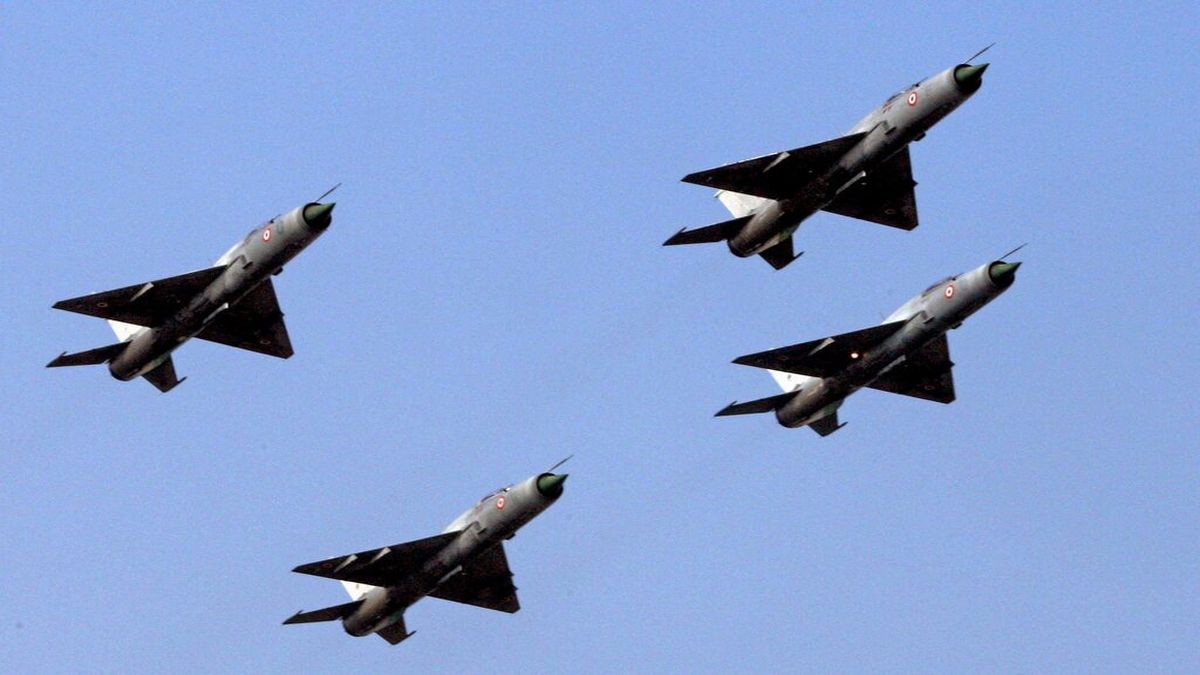)

)
)
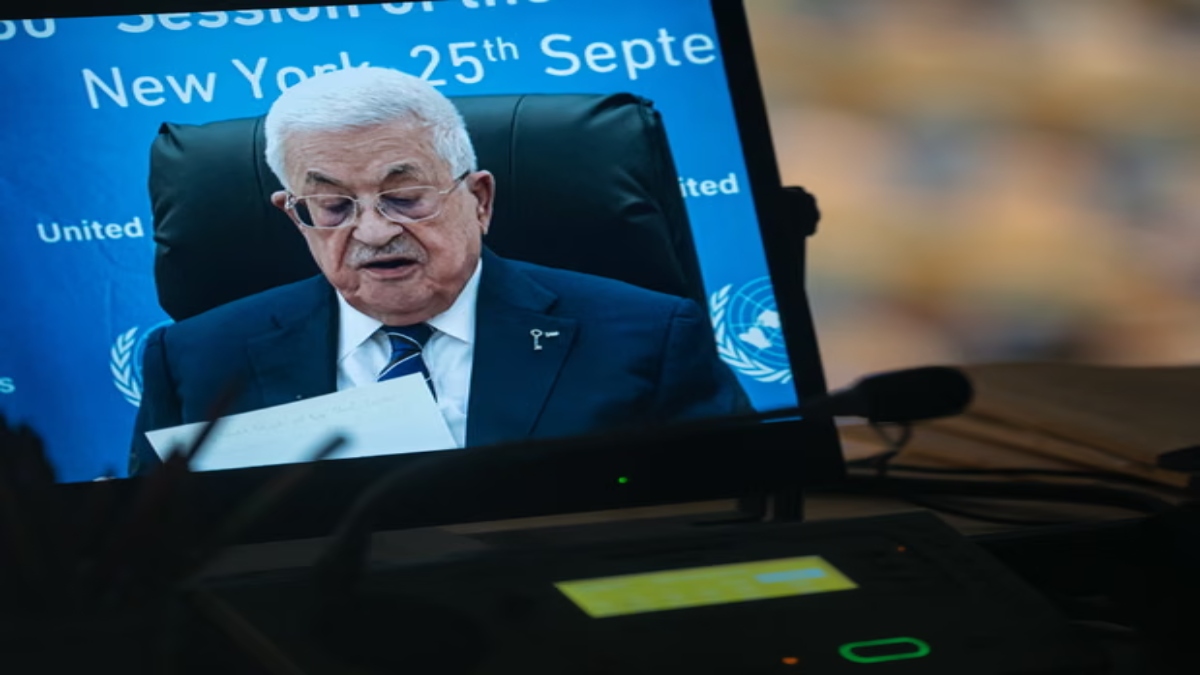)
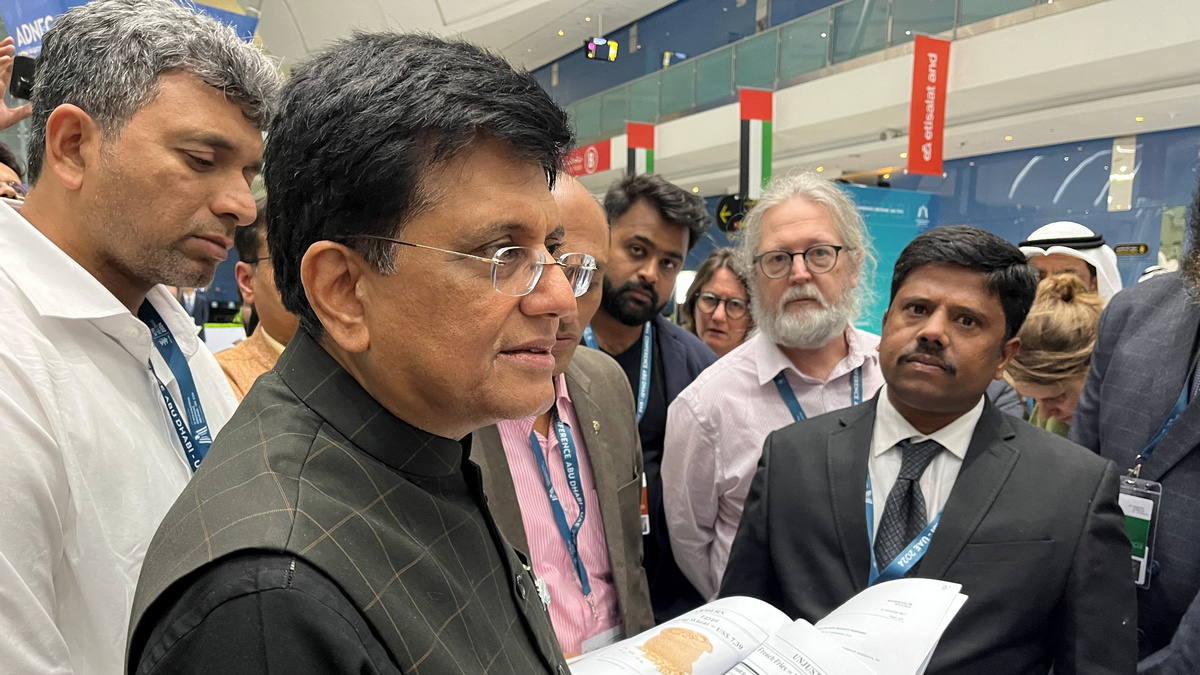)
)
)
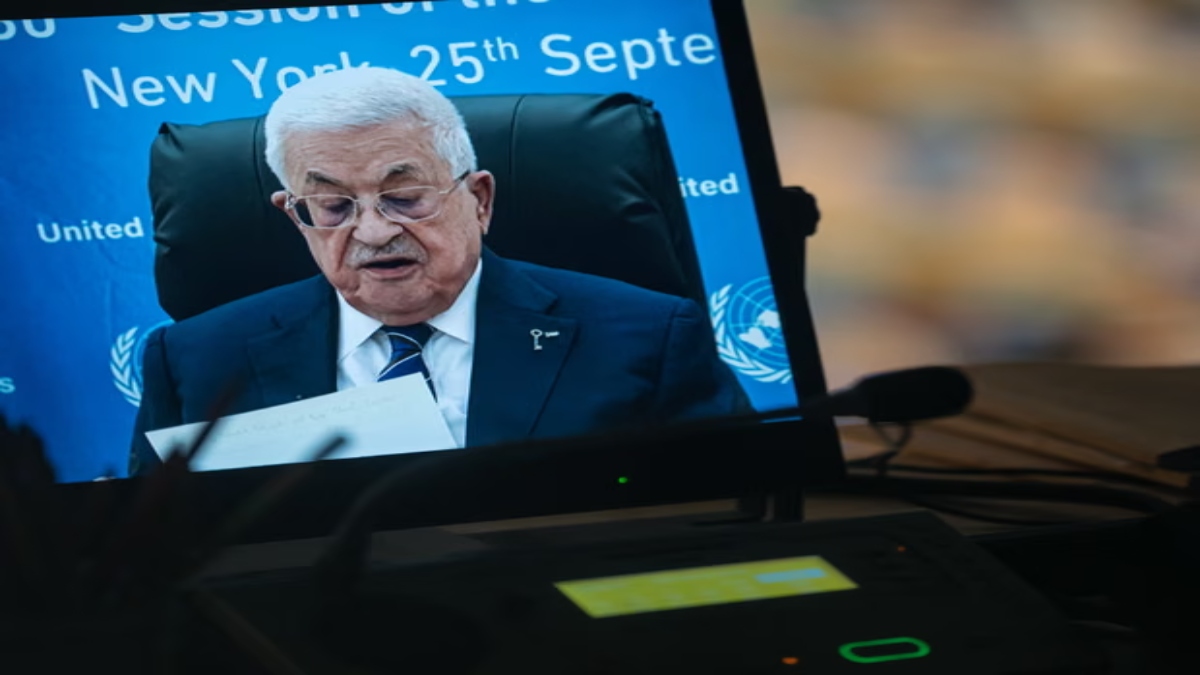)
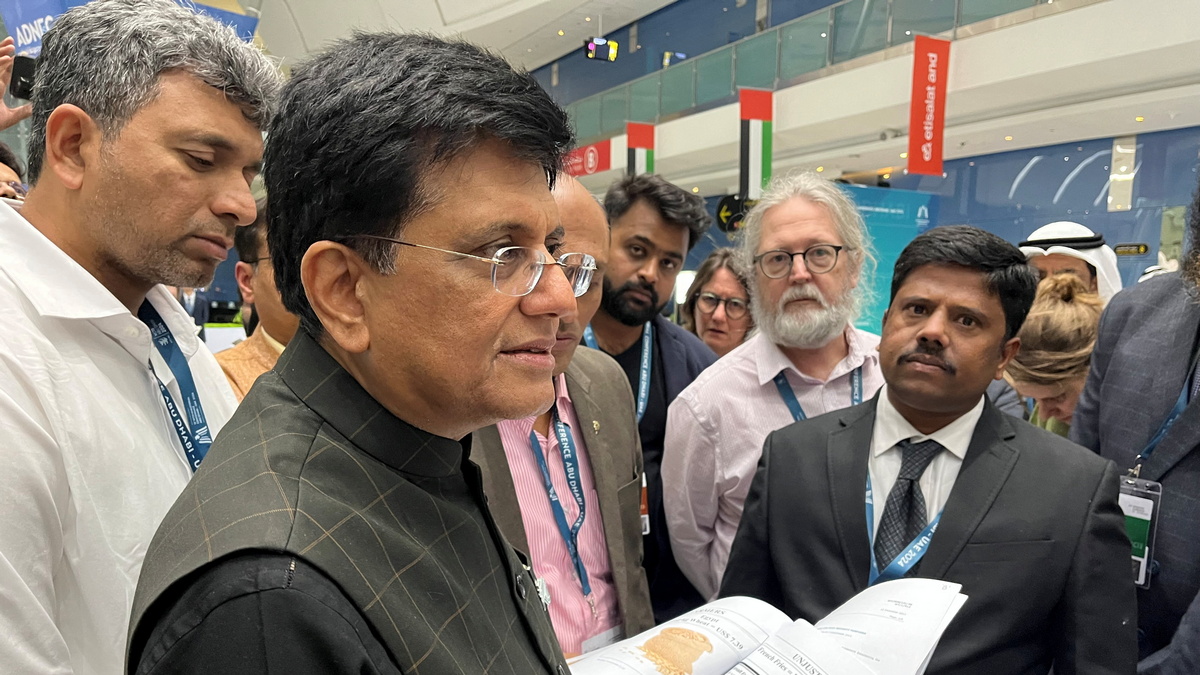)



